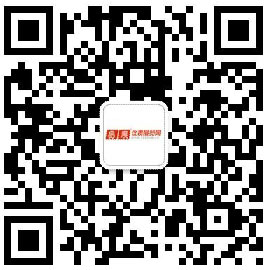Advanced Diagnostics — What’s In Your System?
T for smart instrumentation has shifted from basic interoperability to advanced, host-resident applications. New software will enable instrument and control engineers to improve loop performance, plant uptime, product yields and quality while further reducing costs. Is your system vendor putting the right technologies into their system to achieve these benefits—and still offering you the freedom to choose any vendor’s device?
The Fieldbus Foundation’s technology FOUNDATION fieldbus (FF) initially focused on the bus protocol to allow different vendors’ devices to connect to any host. The foundation also specified Device Description (DD) technology to allow the host to configure and then commission the device. But additional standardization and enhancements are necessary to reach the promise of interoperable advanced diagnostics.
DD technology provided the starting point
DD technology is provided by the device vendor as files that are read “on the fly” by the host. These files provide the vital function of listing the device parameter definitions. Without DDs, the host vendor couldn’t create a uniform engineering
tool to configure FF function blocks into complete control strategies. DDs also contain simple script programs, called Methods, which instrument technicians to step through simple textbased dialogs that semi-automate device calibration and setup.
But DDs fall short in terms of building host diagnostic applications. They are not complete applications. Host vendors can’t possibly write different diagnostic applications for each of the more than 300 FF devices currently registered. Diagnostic parameters are often incompletely defined in the DD (e.g., How would a host vendor interpret how to use a parameter named “RESERVED ARRAY?”). So today, many host vendors have not moved beyond writing diagnostic applications for their own devices. In most cases, these applications are proprietary, running only on the device vendor’s own host system.
Enhanced DDs fill in more of the puzzle
The solution begins with enhancements to the DD specifications.The Fieldbus
Foundation, HART and Profibus organizations have joined in a cooperative project to enhance the programming language used in DDs. Enhanced DDs (EDDs) can incorporate routines to construct user interface elements such as data entry boxes and waveform plots. This year, the Fieldbus Foundation is providing developer’s kits so vendors can begin EDD development. Device vendors should begin shipping EDDs before the end of 2005. Customers will see the cryptic, text-only user interfaces of the old DD methods replaced by improved graphical interfaces. Some rudimentary diagnostic applications for thehost should also appear in EDDs.
FDT completes the solution
The other standard opening the frontier is Field Device Tool (FDT) technology. The FDT standard defines the interfaces between a host vendor’s maintenance application, a host vendorsupplied workstation to a fieldbus communication
channel, and a workstation plug-in application from the device vendor. The standard enables the plugins to run on any FDT-compliant host. The benefit of these applications is not configuration. Rather, the device vendors can go beyond EDD. The only limitation to the power of the plug-in is the device vendor’s imagination. More than 400 such applications are already on the market for various protocols.
Foxboro is the first host vendor to introduce a common engineering and maintenance environment that will combine all three technologies-DD, EDD and FDT. For any vendor’s device, from simple to complex, I/A Series system users
get a Foxboro-supplied, Ddbased application to configure the device. Also included is a universal Foxboro application, based on DD and upcoming enhanced DD technology, that snaps—on to the core maintenance application. Finally, to further increase productivity, users get advanced FDT plugins, developed by the device vendor, that simply snap-on.
www.foxboro.com/ff-fdt
I/A Series with DD enhanced DD & FDT Technology











 公安机关备案号:
公安机关备案号:




